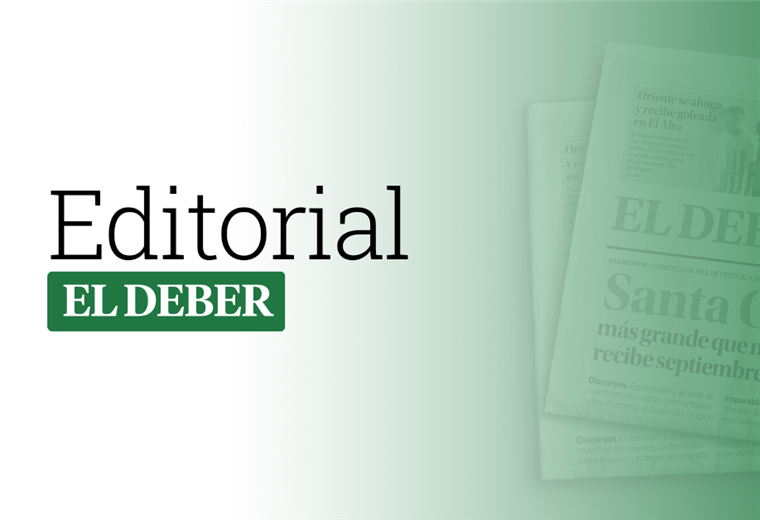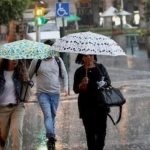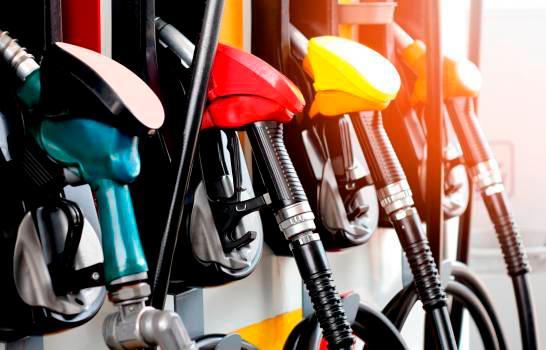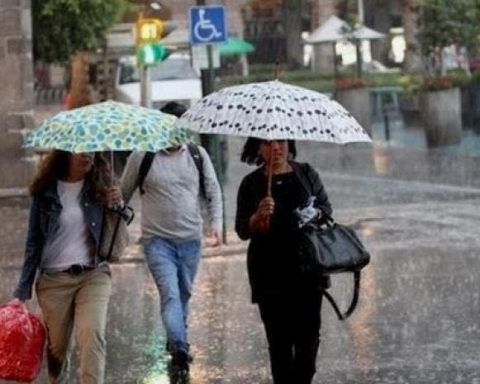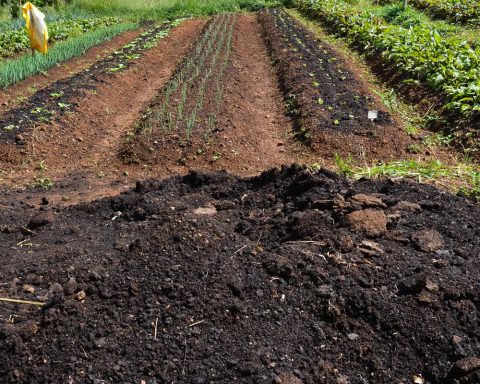The climate crisis leaves deep marks on beef and chicken production in Bolivia, triggering a significant increase in prices. Extreme conditions, such as prolonged drought and unseasonable rains, have disrupted the agricultural and livestock cycle, affecting both the supply of food and the ability of farmers to maintain stable production. This phenomenon has not only reduced the supply of meat, but has also skyrocketed costs.
In eastern Bolivia, where much of the livestock production is concentrated, this year’s rains were insufficient and arrived at inappropriate times, complicating the growth of the pastures that feed the livestock. As a result, ranchers face the challenge of fattening their cattle, which makes the entire production process more expensive. Consequently, the price per kilo of meat has increased.
Faced with this crisis, many producers are forced to make drastic decisions. Due to the lack of feed for the livestock, they are auctioning off their animals at half price to avoid further losses. This situation not only reflects the desperation of ranchers, but also the lack of viable options to maintain their operations in a context of increasing costs and decreasing income. This rushed sale not only affects producers’ profitability, but can also have a long-term impact on livestock quality and producers’ ability to replenish.
On the other hand, poultry production has also been hit hard by the climate crisis. The heat wave and smoke generated by the forest fires have caused the death of more than 2.3 million chickens, which has generated a shortage of chicken meat.
As the climate becomes more unpredictable, the consequences for food production in Bolivia multiply.
In response to this situation, the Government has implemented measures aimed at mitigating the effects of the climate crisis. The immediate action plan against drought, which has an initial budget of Bs 180 million, includes the distribution of supplies such as geomembranes, drinking water tanks and purification tablets. Medium-term projects have also been launched, such as the construction of irrigation systems and dams.
However, although these measures seek to alleviate immediate pressures on food production, they do not address the underlying causes of the problem: climate change and the need to adapt production systems. The La Niña climate phenomenon, which is expected to worsen drought in the coming months, represents a persistent threat to food production.
It is crucial that water resources conservation policies are reinforced and work is done on long-term sustainable solutions. Preserving water sources and improving irrigation infrastructure are critical steps to ensure the country can cope with the effects.
Only through a comprehensive approach that includes both mitigation and adaptation measures will it be possible to ensure the stability of food production and protect access to basic products such as meat. The combination of appropriate public policies, technology and support for producers will be key to overcoming these challenges and avoiding a further escalation in prices.
